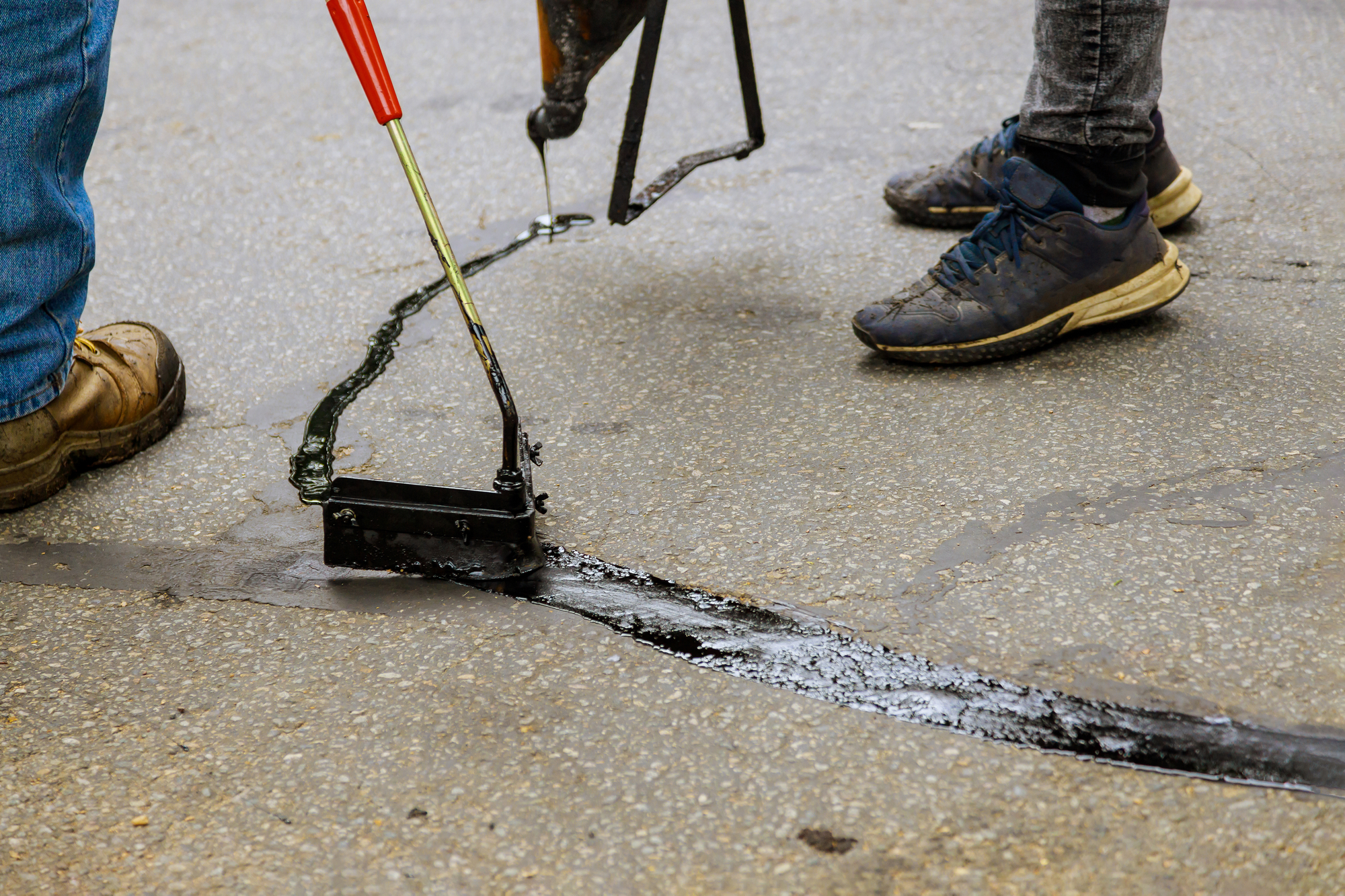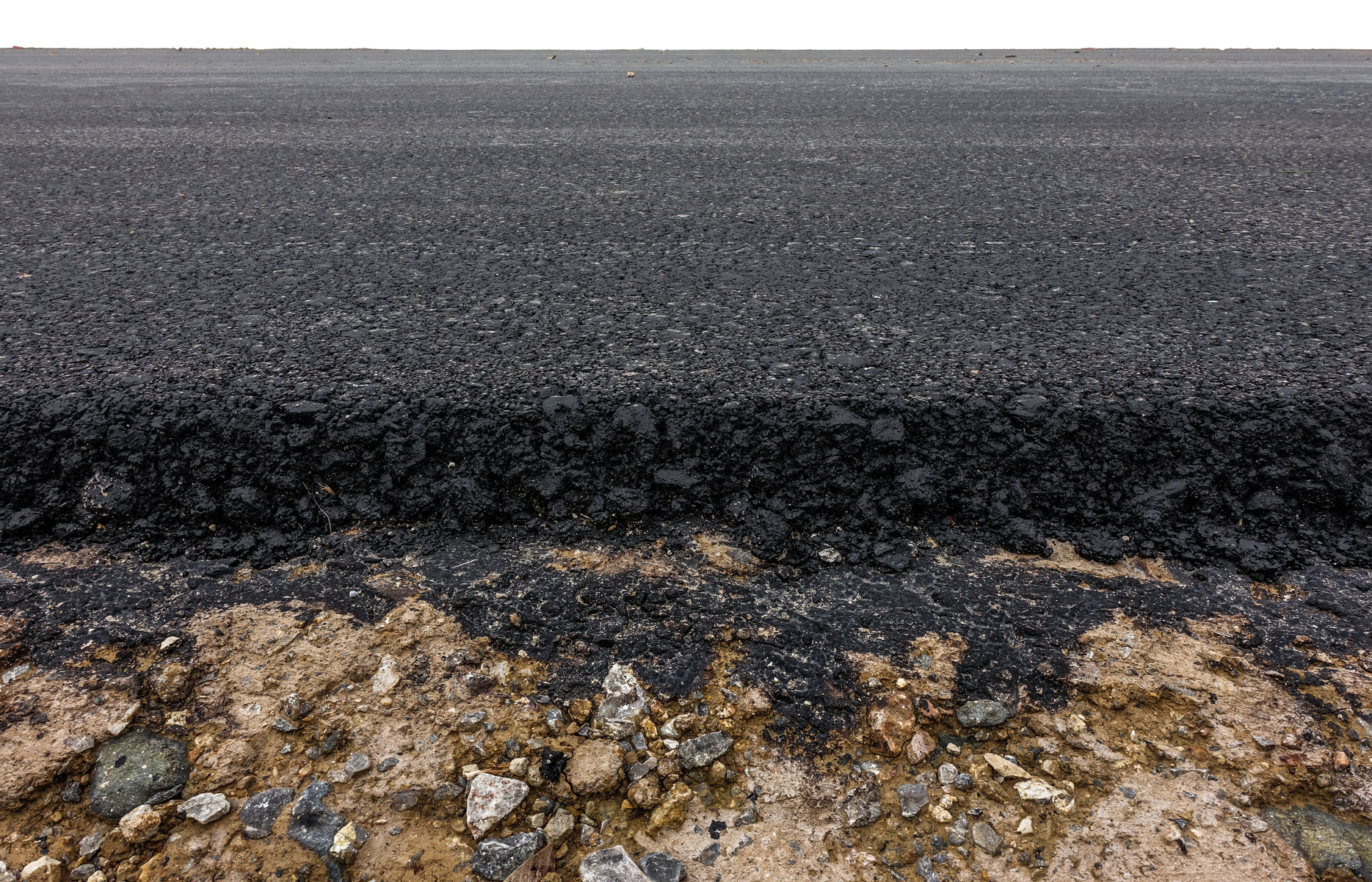Sand or salt as an abrasive to defrost our driveways?
8 November 2023
The Quebec winter poses specific challenges in terms of outdoor maintenance. The question of which material to use to defrost our driveways is crucial, especially in terms of safety. Faced with this dilemma, two major options stand out: salt and sand. Pavage Massie offers a detailed analysis of these two solutions to help you make the best choice. Discover the pros and cons of each.
Salt
Firstly, salt is widely recognized for its ability to melt ice quickly. By lowering the freezing point of water, it prevents ice formation and dissolves already existing layers. Sprinkling salt is straightforward and doesn’t require specialized equipment. However, although salt is effective, it has significant drawbacks. For instance, it can damage asphalt or concrete surfaces, accelerating their degradation. Moreover, salt runoff can negatively impact the environment, especially aquatic ecosystems. Not to mention, salt can also be harmful to pets, irritating their paws and posing risks if ingested.
Sand
On the other hand, there’s sand, which acts as an abrasive, providing better grip on ice. Unlike salt, sand doesn’t melt the ice but offers additional traction, which is particularly useful on slopes or heavily trafficked areas. One of the significant advantages of sand is that it’s environmentally friendly and doesn’t adversely affect the environment. Also, unlike salt, it doesn’t damage the surfaces it’s applied to. However, using sand also has some downsides. One of them is the need to clean up residual sand when the winter season is over. It’s also worth noting that if the goal is to completely remove ice, sand will need to be combined with another solution.
Given these factors, Pavage Massie suggests a combined approach to defrost driveways. In less rigorous conditions, sand is ideal for ensuring safety while minimizing the impact on the environment and the durability of surfaces. However, during intense freezes, a small amount of salt may be necessary to break the ice. The key is to find the right balance between effectiveness and respect for the environment and surfaces.
In conclusion, be it sand or salt, each option has its advantages and drawbacks. The decision will depend on your priorities, your property, and the environmental impact you’re willing to accept. For tailored solutions and expert advice, don’t hesitate to consult the team at Pavage Massie.



